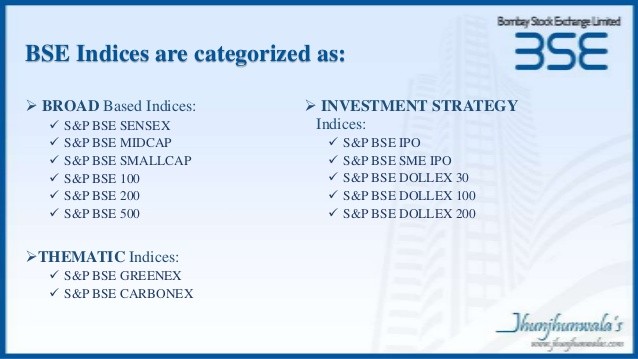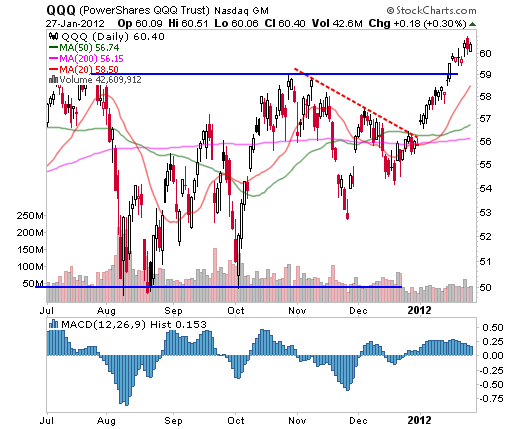An Introduction To Small Cap Stocks
Post on: 10 Апрель, 2015 No Comment

Small- and Mid-Cap Stocks: Bigger Isn’t Always Better
Sometimes, investment terminology is tossed around without really being explained…large-cap, small-cap, mid-cap — what exactly do they mean? The investment analysts at 401k Forum have decided to help you get down to basics with a series of articles about the different asset classes.
First of all, let’s define asset classes. They’re the categories that your different investments fall into — basic ones include cash, bonds, large-cap stocks, small-cap stocks, and international stocks, though there are a number of other more specific permutations. Studies have shown that the key to successful investing is to spread your wealth among different asset classes.
Because large-cap stocks have shown outstanding performance recently, you may have heard that investing in them would have been your best bet. But do large-cap stocks ALWAYS perform better than mid-cap and small-cap? Let’s take a look.
Market-cap quandary
To review, market capitalization (market cap) is a measure of the size and value of a company. To determine market cap, you simply multiply the number of the company’s outstanding shares of stock by the market price of one share.
For example, let’s say a company has 50,000,000 shares outstanding, and each share is currently selling for $50. The company’s market cap would be 50,000,000 multiplied by $50, which equals $2.5 billion.
And why is market capitalization important? Because history has shown us that the stocks of companies with different market caps behave differently in terms of return and risk.
What exactly are small-cap and mid-cap?
Generally mid-cap refers to stocks of companies having a market cap between $1.5 billion and $10 billion. One well-known example is Starbucks, which currently has a market cap of $4.1 billion. Small-cap stocks are companies that have a market cap of less than $1.5 billion. Ann Taylor Stores, with a market cap of $1.2 billion, is one example.
Large-cap stocks are generally defined by the company having a market capitalization greater than $10 billion. An example of a large-cap company is Safeway, with a market cap of $18.0 billion.
Different market-cap, different performance
Now that we understand what market cap means, let’s talk about the performance of different-sized-market cap stocks. We know that over the past few years, large-cap stocks have performed very well. For the ten years ended June 30, 1999, large-cap stocks, as measured by the S&P 500, returned an average of 18.78% per year. Mid-cap stocks, as measured by the S&P 400, returned an average of 17.87% per year for the same period. And small-cap stocks, as measured by the Russell 2000, had average annual returns of 12.39% for the same time period. So, it’s easy to see that in the last decade, large-cap stocks performed the best out of these three groups.
Cap-size shift

Mid-cap stocks may have once been defined as large cap, but fell out of favor with investors. The thing to remember about market capitalization is that it is based on the price of one share of stock. Specific company stock returns, within a favorable market, can bump up from mid to large or dive in the other direction when conditions are reversed. Mid-cap stock performance usually falls somewhere in between the returns of their large- and small-cap counterparts.
A sure bet?
Although large-caps have outperformed small-caps over the past ten years, historical information shows us that this has not always been the case. A study by Ibbotson Associates shows us that in 94 percent of the 20-year periods from 1926 to 1995, the smallest stocks performed better than the larger ones. Ibbotson also concluded that in 60 percent of the 10-year periods from 1926 to 1995, the smallest stocks outperformed all other investments.
Risk vs. return
Why have small-cap stocks performed so well in the past? There are a couple of possible explanations. First, since many of these small companies are just starting out, they have a greater earnings growth potential than more established large-caps. Second, these younger companies tend not to be widely followed by securities analysts, so they may sell for less than their true value, until investors realize the potential of the undervalued companies.
As you may expect, along with the potential for additional returns comes additional risk. Mid- and small-cap stock returns tend to be more volatile than the returns of large-cap stocks. Why is this the case? There are several reasons. Many small- and mid-cap companies are in the early years of their business evolution. And while they gain maturity, they have limited reserves against hard times. Also, if a smaller company loses a few key executives, or if the economy takes a turn for the worse, it only takes a few nervous investors to cause the stock to drop drastically.
Diversify and reduce risk
So now you may ask yourself, Should I just invest in small-cap stocks since they have historically performed better than other stocks? Small-cap stocks can play an important role in your portfolio, but they shouldn’t play the only role. Since small-cap stocks have had long periods of under-performance relative to large- and mid-cap stocks, it’s a good idea to diversify your portfolio. With diversification, if one asset class in your portfolio is performing poorly, there’s a chance that another asset class within your portfolio will be performing well. Diversification can reduce your risk and help protect your investment.














